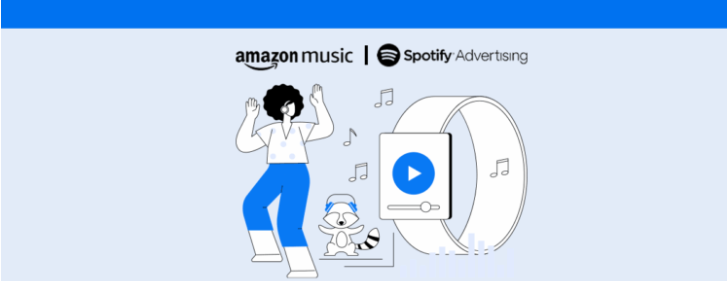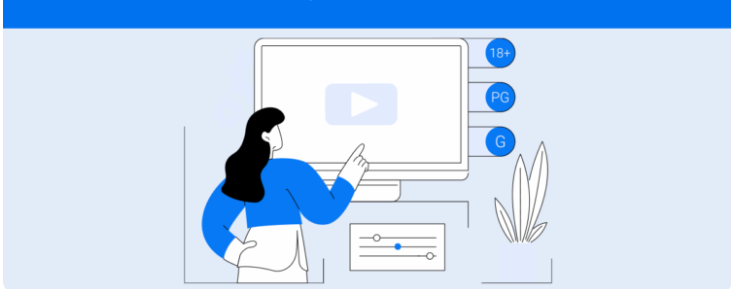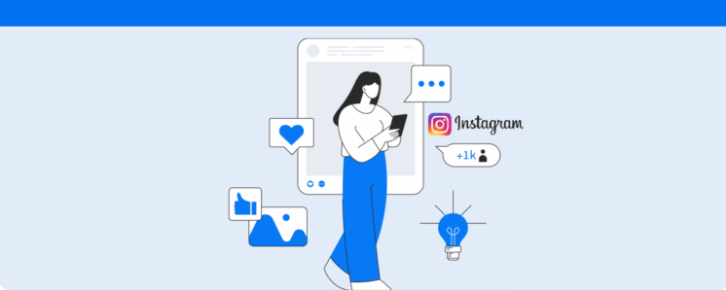Discover what social media monitoring is, its importance for brand management, and how to get started
The social media monitoring is one of the most important practices for any brand or business that wants to understand and optimize their online presence.
After all, in the digital landscape, social media are powerful channels for communication, sales, and building a community. Therefore, monitoring the performance of profiles, what is said about the brand, and the market in general becomes a strategic differentiator.
But the big question is how to conduct this monitoring and which tools should I use to optimize this process That’s what you will discover throughout the reading.
In this article, we will explain what social media monitoring is, how to apply it in strategies, and present some of the main tools that can facilitate this work. Follow along!
What is social media monitoring
In summary, social media monitoring involves the practice of monitoring interactions about your brand, products, services, or even about your competitors and the sector you operate in across various digital platforms.
This includes monitoring user engagement by taking into account mentions hashtags keywords, and reactions to your company’s content.
But beware social media monitoring goes beyond just observing what is being posted. It allows you to collect crucial data that can provide insights into consumer behavior market trends, content preferences, and much more.
That is, it is essential for adjusting marketing strategies and continuously improving campaign performance.
→ Also read Content creation: how to have a routine that doesn’t rely on improvisation
Importance of social media monitoring for brand management
Now that you know what social media monitoring is, you can understand why it is essential for brand management
First, it allows companies to understand public perception of their company, which helps identify strengths and areas needing improvement. Additionally, it helps to:
- Manage online reputation by identifying negative mentions or criticisms, you can act quickly to mitigate damage to the company’s image
- Track the competition which enables the identification of differentiation opportunities and areas for improvement
- Analyze campaign performance to quickly adjust strategy, increasing the efficiency of marketing investments
- Foster engagement with the audience as it facilitates engagement with followers by answering questions and creating a closer relationship with the audience
Thus, with this information in hand, brands can make better decisions, enhance the customer experience, and achieve a greater return on their investments in digital marketing.
Step-by-step for social media monitoring
To implement effective social media monitoring, you need to follow some practical steps. Below, we will explain this process. Continue reading!
1. Define your KPIs
The first step for social media monitoring is to determine which performance indicators (KPIs) are most relevant to your objectives.
This may include metrics such as volume of mentions, engagement, likes, comments, shares on posts, click-through rate, follower growth, and more.
By defining these indicators, it becomes easier to track where your social media strategies are heading.
2. Set up alerts
Many social media monitoring tools offer alert features that notify the team when a goal is reached, a mention occurs, or when there is significant activity.
Therefore, setting specific alerts for the most relevant metrics, keywords, hashtags, or even competitors can help react quickly to significant results and interactions.
With tools like Reportei Control for example, it is possible to receive notifications when an important KPI goes off track or when there are relevant mentions of your brand. This allows for quick action.

3. Analyze the data
Finally, social media monitoring generates a large amount of data. Analyzing this information correctly allows you to identify patterns, trends, and behaviors that can assist in your decisions.
For this, use analysis tools to better understand the performance of your campaigns and the impact of actions taken. Next, we will discuss options to help analyze the results of your content and the quality of user interactions.
Main monitoring tools
Nowadays, there are various monitoring tools for social media that help companies track engagement data, mentions, interactions, and trends. Check out some of the main ones below.
Social Listening Tools
The Social Listening is a step in social media monitoring that becomes much simpler with the help of the right tools.
After all, this process involves not only observing mentions but also understanding the conversations and sentiments of the audience around your brand, products, or services. Therefore, we selected 3 tools here that can be very useful for this purpose:
- BuzzSumo allows the monitoring of trends, popular content, and high performance, as well as helping identify influencers who can boost your brand on the internet.
- Audiense facilitates audience tracking by offering insights about various segments and your competition. In other words, you can better segment and understand the audiences on social media, creating more targeted and effective campaigns.
- Brandwatch is ideal for understanding what the audience has to say about your brand. Additionally, it allows for tracking market opportunities and responding quickly to negative consumer feedback.
Native social media tools
The social media platforms themselves offer tools that allow users to perform basic monitoring of interactions on their accounts. Some examples include:
- Facebook Insights and Instagram Insights allow you to track the performance of posts, stories, interactions, and even more detailed metrics such as reach, clicks, views, and more. With this, they are great for those seeking to analyze engagement directly on the platforms.
- TikTok Analytics provides data on video performance, follower growth, views, engagement rate, and more. It also provides information on the performance of your ad campaigns.
Although these native tools are effective, they may be limited when it comes to a holistic view of the performance across multiple platforms. This is where the need for external monitoring tools that centralize data from different channels comes in.
Reportei social media monitoring and much more
Including the Reportei is a tool for those who want to conduct social media monitoring more effectively and in detail. After all, it integrates with various platforms like Facebook, Instagram, LinkedIn, TikTok, Pinterest, Twitter, among others, allowing for centralized data collection and analysis.
See how Reportei can optimize the monitoring process for your content and profiles:
- Fully customized reports from ready-to-use templates for various scenarios and marketing channels, you can create complete reports according to the KPIs you wish to monitor
- Dashboards: the tool has dashboard templates for different types of companies, which allows for total control over marketing metrics in routine
- Indicator control allows the tracking of your most relevant indicators. In fact, the system sends alerts whenever a performance indicator is out of the ordinary, which helps in making quick and precise decisions
- Reportei AI is a tool that generates instant insights by combining AI with the collected data. It also offers personalized assistants like the Instagram Assistant that help optimize your campaigns and identify improvement opportunities
Reportei Flux: the great innovation that revolutionizes content management
Until recently, the Reportei was remembered as the most complete reporting and dashboard tool for digital marketing, now we take a step further with the Reportei Flux our new module for content management and approval.
This is an important innovation because the market lacked a solution that combined reporting, monitoring, post scheduling, and approval flow in one place Reportei Flux comes to solve exactly that.
With it, you no longer need to switch between different tools to:
- Schedule posts on Instagram, Facebook, LinkedIn, TikTok, Pinterest, and other platforms
- Send endless spreadsheets or scattered messages to approve content with clients or managers
- Deal with rework caused by lack of alignment in communication
In a single platform, you combine monitoring, reporting, and content management.
Take advantage of our platform’s free trial period and see in practice how it assists in social media monitoring



